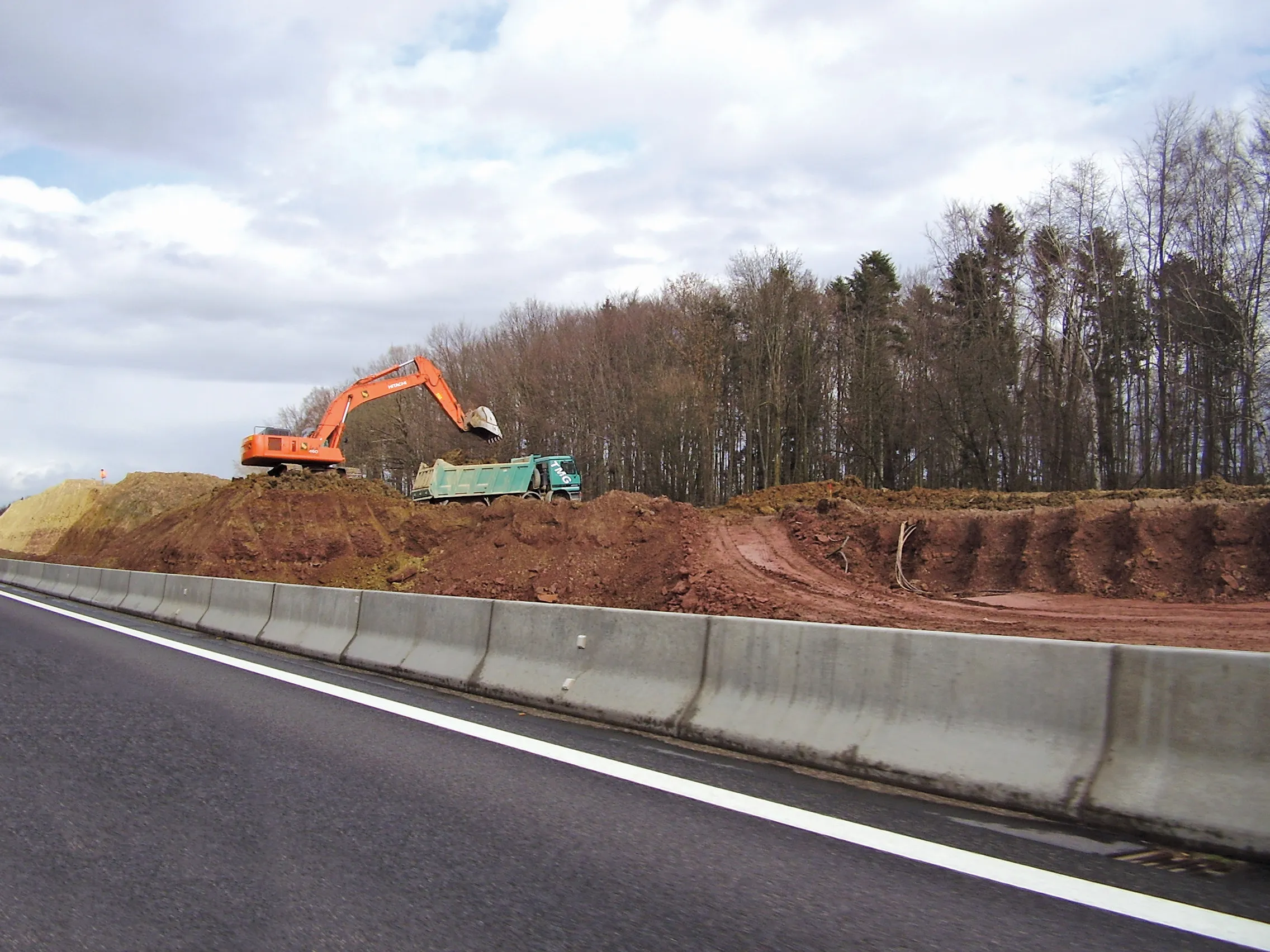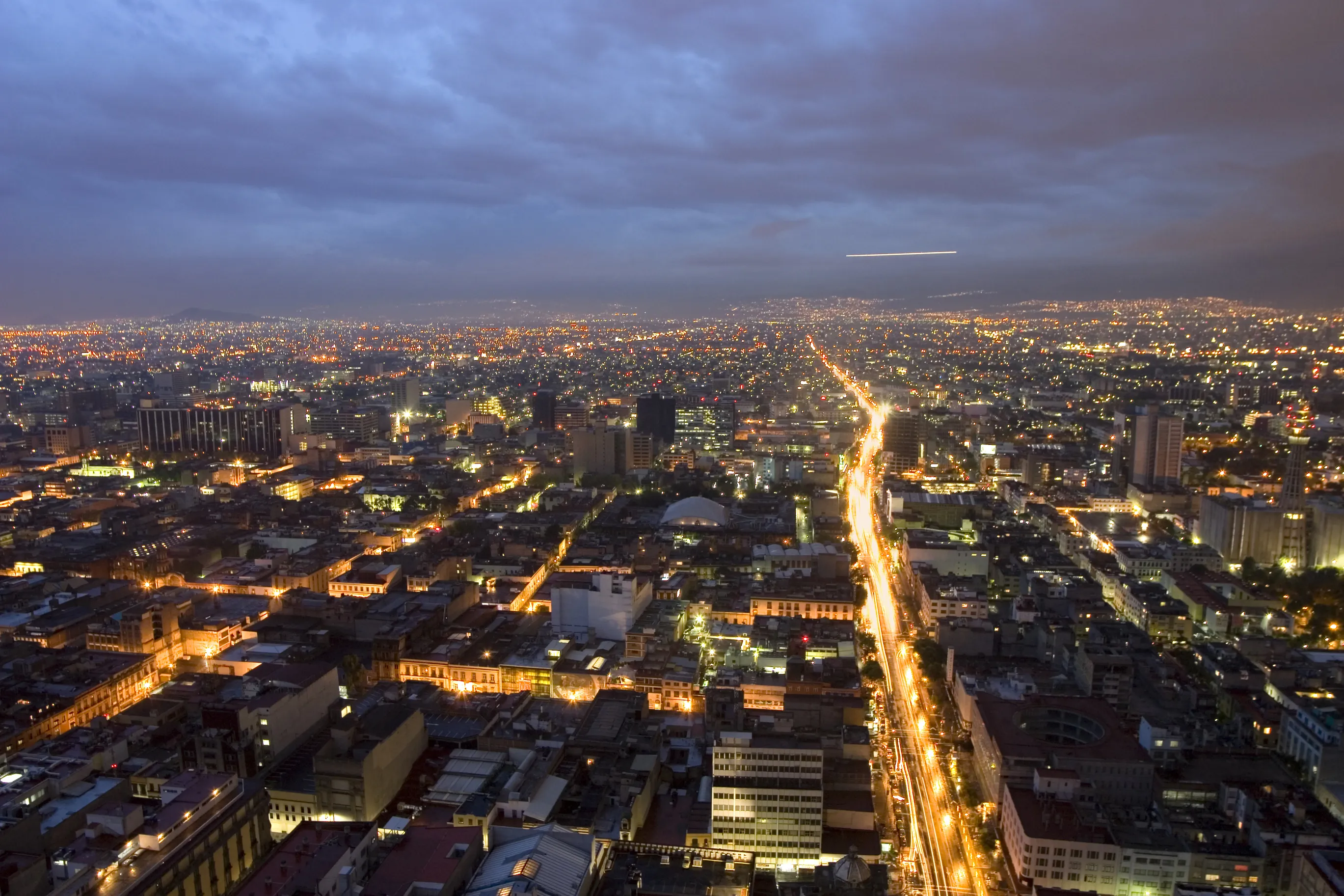The latest research shows that emissions of many pollutants from transport fell in 2009. But this reduction may only be a temporary effect of the economic downturn, according to the latest annual report on transport emissions from the European Environment Agency (EEA). The Transport and Environment Reporting Mechanism (TERM) reveals the environmental impact of transport. For the first time, the report considers a comprehensive set of quantitative targets proposed by the European Commission’s 2011 roadmap on
April 26, 2012
Read time: 4 mins
RSSThe latest research shows that emissions of many pollutants from transport fell in 2009. But this reduction may only be a temporary effect of the economic downturn, according to the latest annual report on transport emissions from the 5301 European Environment Agency (EEA). The Transport and Environment Reporting Mechanism (TERM) reveals the environmental impact of transport. For the first time, the report considers a comprehensive set of quantitative targets proposed by the 2465 European Commission’s 2011 roadmap on transport.
“Emissions levels of almost all pollutants from transport fell in 2009, as there was a drop in demand,” said professor Jacqueline McGlade, EEA executive director. “But this fall was due to the economic recession. So now we need to see a more fundamental shift in Europe’s transport system, so that emissions do not increase even in times of strong economic growth”.
The EEA report on transport and the environment shows that some efficiency gains have been made. For example, new cars in 2010 were approximately 20% efficient than in 2000. However, these relatively modest gains are often outpaced by growing demand, even if the recession slowed activity in some areas. Between 1990 and 2009, demand for transport grew by approximately one third, leading to a 27% increase in greenhouse gases (GHGs) from transport in the same period.
New targets proposed in the Commission’s Roadmap will frame policy making at the European, national and municipal level in order to tackle environmental issues connected to transport. The report shows there are significant opportunities for policy makers to address these problems coherently, for example by addressing air quality and climate change together.
For the first time, the EEA has developed a baseline to assess progress towards the transport sector’s environmental targets. These include targets for greenhouse gas emissions, energy consumption and noise. A core set of 12 indicators has been developed, spanning a wide range of policy areas. Transport was responsible for 24 % of all EU GHG emissions in 2009.
The Roadmap states that EU Member States are required to reduce GHGs from transport by 60% by 2050, compared to 1990 levels. Since emissions actually increased by 27% between 1990 and 2009, the EU must make an overall 68% reduction between 2009 and 2050. Annual energy consumption from transport grew continuously between 1990 and 2007 in the EEA member countries. While total energy demand from transport fell 4% from 2007-2009, the upward trend is likely to resume with economic growth. Air quality objectives were exceeded in many areas. For nitrogen dioxide (NO2), which can cause asthma and other respiratory problems, the annual limit values were exceeded at 41% of traffic monitoring stations in 2009.
Particulate matter (PM10) from transport also causes serious health problems. In 2009 the daily limit value for PM10 was exceeded at 30 % of the traffic sites across the EU-27. And almost 100 million people were exposed to damaging long-term average levels of noise from road vehicles on major roads.
The average real price of road transport fuels (calculated as unleaded petrol equivalent, inclusive of duties and taxes) was €1.14/litre in June 2011, in real terms 15% higher than in 1980. This means that the price of petrol has increased by less than 0.5%/year in real terms on average, meaning that fuel prices are not sending strong signals to encourage more efficient transport choices.
The share of alternative fuelled cars on the road has grown steadily, comprising more than 5% of the fleet in 2009. Most of these were using liquefied petroleum gas (LPG), while electric vehicles made up 0.02% of the total fleet. Of concern though is that roads, railways and highways are cutting up Europe’s landscape into ever smaller parcels, with serious consequences for biodiversity. Nearly 30% of land in the EU is moderately, highly or very highly fragmented, restricting movement and breeding of many different species.
“Emissions levels of almost all pollutants from transport fell in 2009, as there was a drop in demand,” said professor Jacqueline McGlade, EEA executive director. “But this fall was due to the economic recession. So now we need to see a more fundamental shift in Europe’s transport system, so that emissions do not increase even in times of strong economic growth”.
The EEA report on transport and the environment shows that some efficiency gains have been made. For example, new cars in 2010 were approximately 20% efficient than in 2000. However, these relatively modest gains are often outpaced by growing demand, even if the recession slowed activity in some areas. Between 1990 and 2009, demand for transport grew by approximately one third, leading to a 27% increase in greenhouse gases (GHGs) from transport in the same period.
New targets proposed in the Commission’s Roadmap will frame policy making at the European, national and municipal level in order to tackle environmental issues connected to transport. The report shows there are significant opportunities for policy makers to address these problems coherently, for example by addressing air quality and climate change together.
For the first time, the EEA has developed a baseline to assess progress towards the transport sector’s environmental targets. These include targets for greenhouse gas emissions, energy consumption and noise. A core set of 12 indicators has been developed, spanning a wide range of policy areas. Transport was responsible for 24 % of all EU GHG emissions in 2009.
The Roadmap states that EU Member States are required to reduce GHGs from transport by 60% by 2050, compared to 1990 levels. Since emissions actually increased by 27% between 1990 and 2009, the EU must make an overall 68% reduction between 2009 and 2050. Annual energy consumption from transport grew continuously between 1990 and 2007 in the EEA member countries. While total energy demand from transport fell 4% from 2007-2009, the upward trend is likely to resume with economic growth. Air quality objectives were exceeded in many areas. For nitrogen dioxide (NO2), which can cause asthma and other respiratory problems, the annual limit values were exceeded at 41% of traffic monitoring stations in 2009.
Particulate matter (PM10) from transport also causes serious health problems. In 2009 the daily limit value for PM10 was exceeded at 30 % of the traffic sites across the EU-27. And almost 100 million people were exposed to damaging long-term average levels of noise from road vehicles on major roads.
The average real price of road transport fuels (calculated as unleaded petrol equivalent, inclusive of duties and taxes) was €1.14/litre in June 2011, in real terms 15% higher than in 1980. This means that the price of petrol has increased by less than 0.5%/year in real terms on average, meaning that fuel prices are not sending strong signals to encourage more efficient transport choices.
The share of alternative fuelled cars on the road has grown steadily, comprising more than 5% of the fleet in 2009. Most of these were using liquefied petroleum gas (LPG), while electric vehicles made up 0.02% of the total fleet. Of concern though is that roads, railways and highways are cutting up Europe’s landscape into ever smaller parcels, with serious consequences for biodiversity. Nearly 30% of land in the EU is moderately, highly or very highly fragmented, restricting movement and breeding of many different species.









